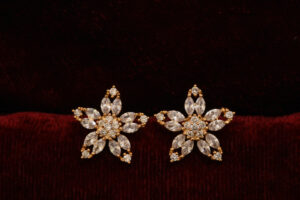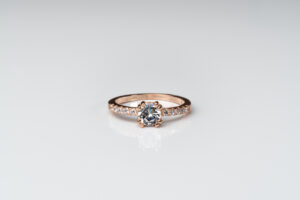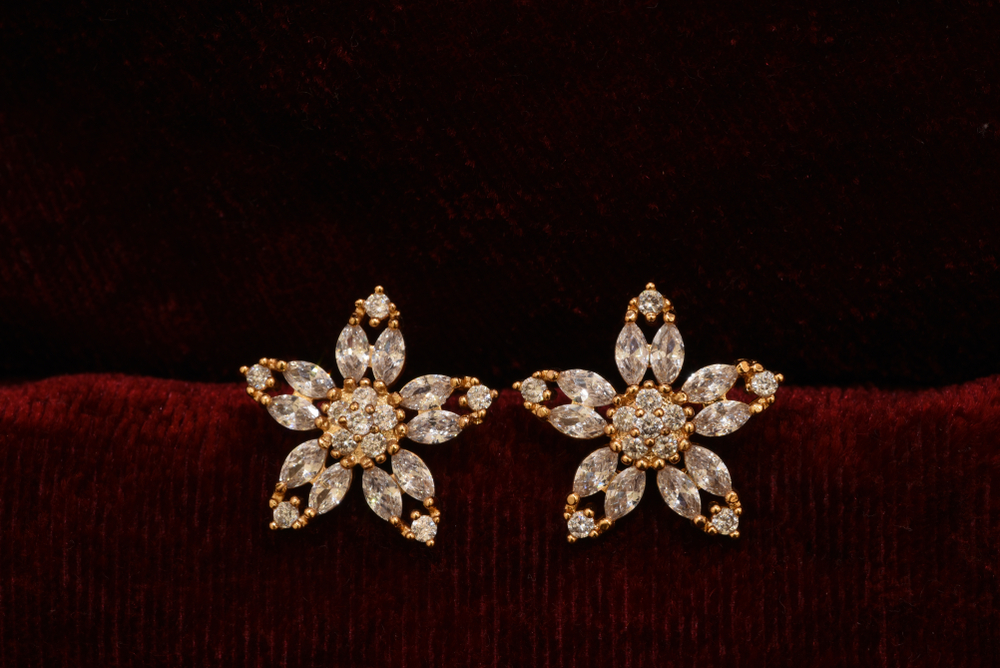
To learn further regarding the different forms of diamonds, gemology-related terminology, and their classification systems, Brides turned to gemstone expert Richard Pesqueira. Here, we will discuss the basic details about this interesting and occasionally technical topic.
Diamond Classification By Origin
Standard diamonds develop thanks to maximal pressure and temperature present in the Earth’s core. It takes millions of years for diamonds to form naturally, and volcanic activity brings the stones to the surface of the Earth. Conversely, it only takes some days to develop diamonds inside a laboratory. Nevertheless, lab grown diamonds and their natural counterparts share the same physical, chemical, and optic features.
As for Pesqueira, it is not possible to tell both forms of diamonds apart with the naked eye. However, Pesqueira stated that GIA specialists can differentiate both types of stones with specialized equipment due to the different conditions involved in their formation.
Diamond Classification By Shape
Understanding some notable diamond aspects in the market does not need a degree specialization in gemology. The shape is among those aspects. Almost every diamond in the market is round, and the rest of the stones are non-round. The latter diamonds are known as fancy-shaped diamonds, which include oval, princess, marquise, heart, cushion, and emerald shapes. As for Pesqueira, the person who cuts and polishes diamonds determine those shapes, besides the state and shape of the raw stones.
Diamond Classification By Color

The term fancy also refers to diamonds with colors that come outside the D-Z GIA color scale. Those colors are the outcome of either the conditions that contribute to the development of diamond crystals or trace elements. For instance, the existence of boron in a diamond causes its blue color, whereas a green diamond occurs as the stone got exposed to a particular form of radiation. You do not have to learn all those pieces of information when shopping for diamond rings, but it would not hurt to do so.
Diamond Price Ranges
Like almost every other category, diamond rarity often means greater value. For this reason, a natural Type IIa diamond commands a high rate. Almost every natural diamond is a Type I diamond, with trace amounts of nitrogen in it. On the other hand, an artificial diamond that comes under the GIA’s D-J color sale is Type IIa without any trace of nitrogen. You should be able to correctly determine the distinction between a natural Type IIa diamond and an artificial Type IIa diamond to ensure value for money.
